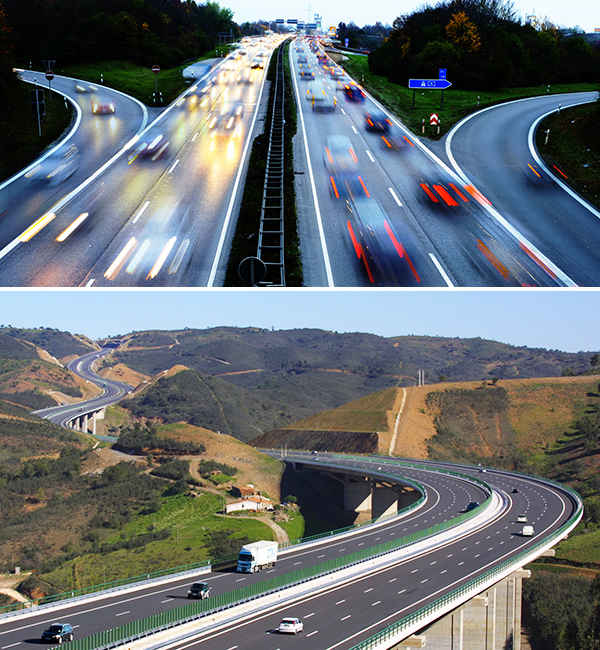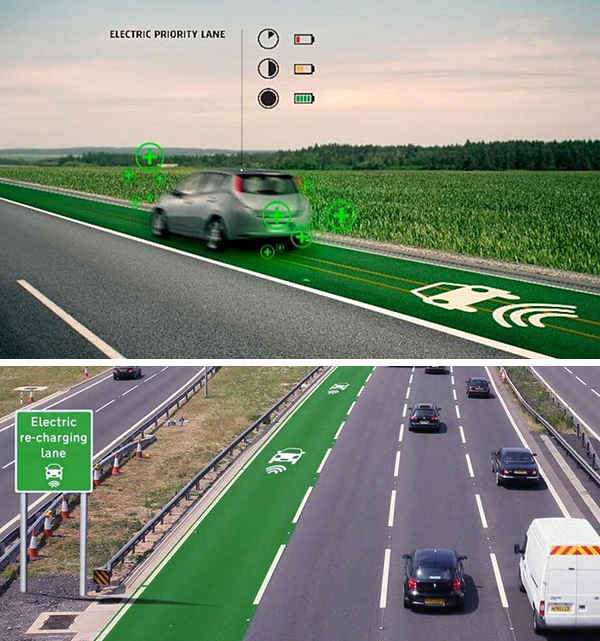Why is driving on an expressway different from driving on an ordinary street?

Navigating Expressways versus Ordinary Streets: Understanding the Differences
Speed and Traffic Flow Dynamics
Expressways, engineered for swift transit, boast speed limits averaging between 55 to 75 mph (88 to 120 km/h), facilitating seamless traffic movement. Conversely, ordinary streets tend to impose lower speed restrictions, often disrupted by intersections, traffic signals, and pedestrian crossings, resulting in slower-paced commutes.
Access Control Measures
Expressways strategically limit access points, employing ramps and interchanges to curtail interruptions to traffic flow. Conversely, ordinary streets accommodate numerous entry and exit avenues, including driveways, intersections, and side streets, potentially exacerbating congestion and frequent halts.
Design and Structural Layout
Expressways feature expansive multiple lanes in each direction, frequently incorporating divided medians or barriers, fostering a secure and well-organized driving milieu. Conversely, ordinary streets may exhibit fewer lanes and lack physical lane partitions, elevating the risk of collisions and traffic snarls, notably during peak periods.
Stringent Traffic Regulations
Expressways typically enforce rigorous adherence to traffic laws, encompassing speed limits, lane discipline, and restrictions on specific vehicle types like trucks or trailers. Conversely, while ordinary streets uphold similar regulations, they may impose additional guidelines pertinent to urban or residential vicinities, example: parking constraints and pedestrian right-of-way protocols.
Driving Protocol Guidelines

Expressway Etiquette
- Maintain a safe following distance and adhere to posted speed limits rigorously.
- Utilize designated lanes for overtaking or exiting, enhancing traffic flow efficiency.
- Exercise vigilance when merging into or out of traffic lanes, prioritizing safety amidst vehicular convergence.
Navigating Ordinary Streets
- Exercise attentiveness towards traffic signals and signage, ensuring compliance with road directives.
- Yield precedence to pedestrians and cyclists at designated crosswalks, promoting pedestrian safety and traffic fluidity.
- Exercise caution when traversing areas with driveways and parking lots, anticipating vehicular ingress and egress maneuvers.
Insightful Additions and Recent Developments

Expressway Evolution:
Originating from early parkways and toll roads, expressways have evolved significantly, incorporating innovations like controlled access and grade separation to augment operational efficiency and safety standards.
Infrastructure Advancements:
Contemporary expressway expansions integrate advanced technologies – example: intelligent transportation systems (ITS), promoting enhanced traffic management and incident response capabilities.
Green Initiatives:
Progressive initiatives within expressway development now prioritize sustainability, with eco-friendly features like green corridors and wildlife crossings being incorporated to mitigate environmental impacts and preserve biodiversity.
Community Engagement:
Increasing emphasis is placed on fostering community engagement and stakeholder involvement in expressway planning and development processes, ensuring alignment with local needs and aspirations.
Future Trends:
Anticipated future trends in expressway development include the proliferation of autonomous vehicle technologies and the integration of renewable energy sources, heralding a paradigm shift towards more sustainable and technologically advanced transportation infrastructures.
Global Perspectives

Internationally, countries are leveraging the success of expressway models like the U.S. Interstate Highway System to inform the development of their own high-capacity road networks, driving economic growth and regional connectivity on a global scale.












